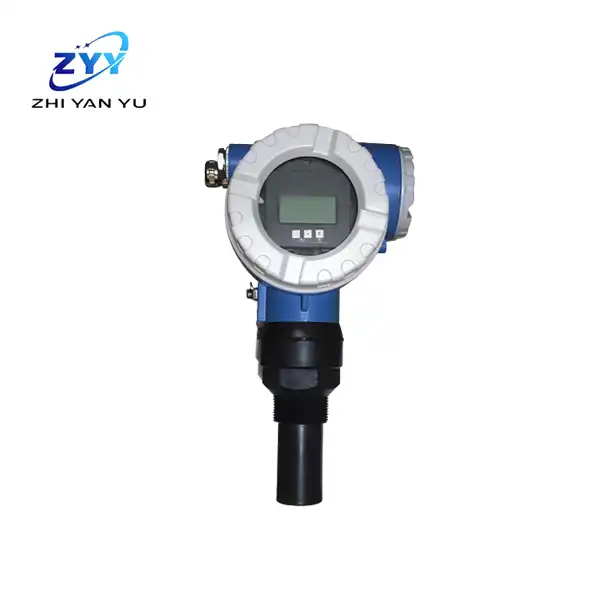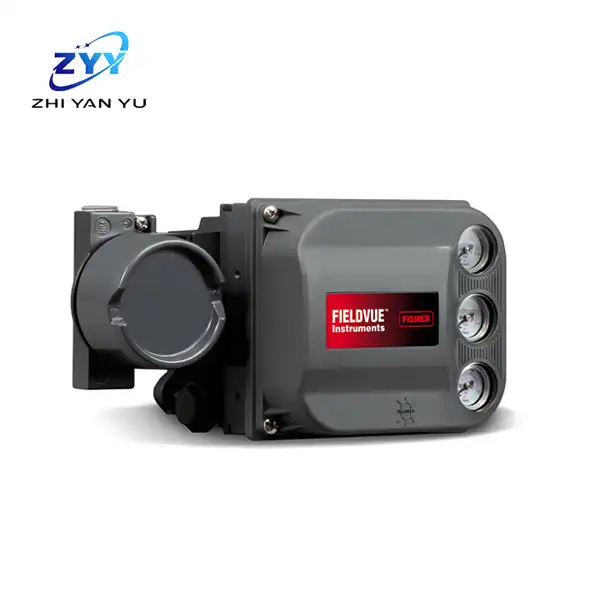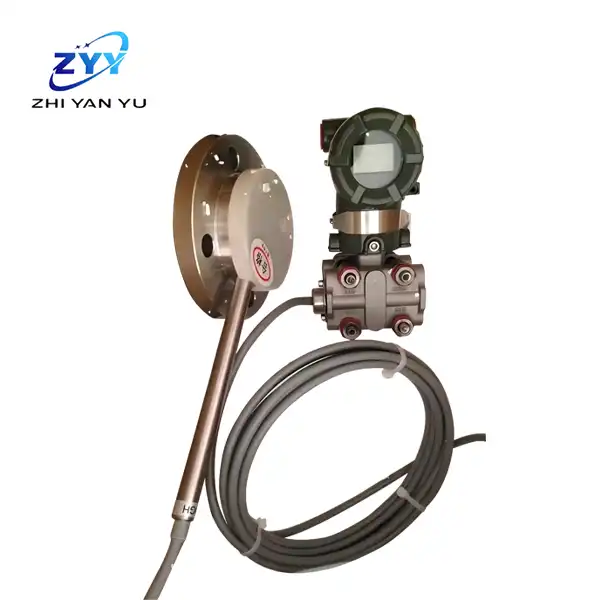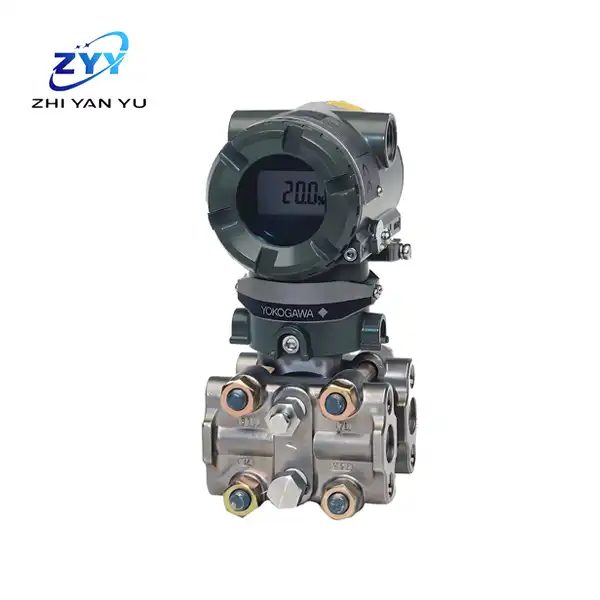- English
- French
- German
- Portuguese
- Spanish
- Russian
- Japanese
- Korean
- Arabic
- Greek
- German
- Turkish
- Italian
- Danish
- Romanian
- Indonesian
- Czech
- Afrikaans
- Swedish
- Polish
- Basque
- Catalan
- Esperanto
- Hindi
- Lao
- Albanian
- Amharic
- Armenian
- Azerbaijani
- Belarusian
- Bengali
- Bosnian
- Bulgarian
- Cebuano
- Chichewa
- Corsican
- Croatian
- Dutch
- Estonian
- Filipino
- Finnish
- Frisian
- Galician
- Georgian
- Gujarati
- Haitian
- Hausa
- Hawaiian
- Hebrew
- Hmong
- Hungarian
- Icelandic
- Igbo
- Javanese
- Kannada
- Kazakh
- Khmer
- Kurdish
- Kyrgyz
- Latin
- Latvian
- Lithuanian
- Luxembou..
- Macedonian
- Malagasy
- Malay
- Malayalam
- Maltese
- Maori
- Marathi
- Mongolian
- Burmese
- Nepali
- Norwegian
- Pashto
- Persian
- Punjabi
- Serbian
- Sesotho
- Sinhala
- Slovak
- Slovenian
- Somali
- Samoan
- Scots Gaelic
- Shona
- Sindhi
- Sundanese
- Swahili
- Tajik
- Tamil
- Telugu
- Thai
- Ukrainian
- Urdu
- Uzbek
- Vietnamese
- Welsh
- Xhosa
- Yiddish
- Yoruba
- Zulu
How to connect a differential pressure transmitter?
2024-07-11 15:51:02
Connecting a differential pressure transmitter correctly is critical for ensuring accurate and reliable pressure measurements in various industrial applications. The Yokogawa EJA530E, a well-regarded model, offers precision and dependability. In this blog, we will explore the steps and considerations involved in connecting the Yokogawa EJA530E differential pressure transmitter, addressing common questions and best practices.
What Are the Basic Components Needed for Connection?
Before connecting the Yokogawa EJA530E, it’s important to gather all the necessary components and tools. Proper preparation ensures a smooth installation process and optimal performance.
Differential Pressure Transmitter: The primary device that will measure the pressure difference.
Impulse Piping: Tubes or pipes that connect the process taps to the transmitter.
Process Taps: Points in the system where pressure is measured.
Manifold Valve: A valve assembly that allows isolation, calibration, and venting.
Mounting Bracket: Hardware to secure the transmitter in place.
Electrical Wiring: Cables for connecting the transmitter to the control system.
Having all these components ready is the first step towards a successful installation.
How Do You Install the Yokogawa EJA530E?
Installing the Yokogawa EJA530E involves several steps, each critical for ensuring accurate measurements. Follow these guidelines for proper installation:
Choose the Installation Location: Select a location that is accessible for maintenance and free from excessive vibration and temperature extremes.
Mount the Transmitter: Use the mounting bracket to secure the transmitter in place. Ensure it is mounted vertically to avoid measurement errors due to liquid head pressure.
Connect the Impulse Piping: Attach the impulse lines to the high-pressure (HP) and low-pressure (LP) ports on the transmitter. Use appropriate fittings and ensure tight, leak-free connections.
Install the Manifold Valve: Connect a 3-valve or 5-valve manifold between the process taps and the transmitter. This allows for easy calibration and maintenance.
Connect to Process Taps: Securely connect the impulse lines to the process taps. Ensure the lines are free of debris and properly aligned to prevent kinks and bends.
How Do You Wire the Yokogawa EJA530E?
Proper electrical wiring is essential for the Yokogawa EJA530E to function correctly and communicate with the control system. Follow these steps for wiring:
Power Supply: Ensure a stable 24V DC power supply is available.
Signal Wiring: Connect the output signal wires to the control system. The EJA530E typically uses a 4-20 mA output signal, which corresponds to the measured pressure difference.
Grounding: Properly ground the transmitter to prevent electrical noise and ensure safety.
Check Connections: Verify all electrical connections are secure and properly insulated to prevent short circuits.
How Do You Calibrate the Yokogawa EJA530E?
Calibration is crucial for ensuring the accuracy and reliability of the Yokogawa EJA530E. Here’s how to perform a proper calibration:
Zero Adjustment: Ensure the transmitter is at zero differential pressure (both ports exposed to the same pressure). Adjust the zero setting as needed.
Apply Known Pressures: Using a pressure source, apply known differential pressures to the transmitter.
Adjust Span: Adjust the span setting to ensure the output signal corresponds accurately to the applied pressure.
Verification: Verify the calibration by applying pressures within the operating range and checking the output signal for accuracy.
Regular calibration checks are necessary to maintain the transmitter’s performance over time.
What Are the Common Troubleshooting Steps?
Even with proper installation, issues may arise. Here are common troubleshooting steps for the Yokogawa EJA530E:
Check Connections: Verify all impulse piping and electrical connections are secure and free of leaks or damage.
Inspect for Blockages: Ensure there are no blockages or debris in the impulse lines that could affect pressure readings.
Review Calibration: Check the calibration settings to ensure they have not drifted over time.
Verify Power Supply: Ensure the power supply is stable and within the required voltage range.
Consult the Manual: Refer to the Yokogawa EJA530E user manual for specific troubleshooting procedures and error codes.
By following these steps, many common issues can be resolved quickly.
Conclusion
Connecting a differential pressure transmitter like the Yokogawa EJA530E involves careful planning, proper installation, and regular maintenance. Understanding the components, installation process, wiring, calibration, and troubleshooting ensures accurate and reliable performance. By following the guidelines provided, you can achieve optimal results in your industrial applications.
References
Yokogawa Corporation of America. "Differential Pressure Transmitters."
Yokogawa Electric Corporation. "EJA530E Differential Pressure Transmitter User's Manual."
Yokogawa America. "Differential Pressure Transmitter Overview."
Control Global. "Selecting the Right Differential Pressure Transmitter."
Yokogawa Electric Corporation. "Calibration and Maintenance of Differential Pressure Transmitters."
DirectIndustry. "Differential Pressure Transmitter Applications."
Yokogawa Electric Corporation. "EJA530E Product Specifications."
Yokogawa Electric Corporation. "Advanced Diagnostic Features of the EJA530E."
Yokogawa Electric Corporation. "EJA Series Pressure Transmitters."
Yokogawa Electric Corporation. "Best Practices for Installing Differential Pressure Transmitters."
For more information, feel free to contact us at lm@zyyinstrument.com for more product details.
YOU MAY LIKE
Rosemount™ 5300 Level Transmitter - Guided wave radar

E+H ultrasonic level meter FMU30

Fisher Valve Positioner DVC6200

Yokogawa EJA438E
Convert to 4~20mA DC current signal output.
Fast response, remote setting and monitoring, diagnostics.
High/low pressure alarm status output.
Multi-sensing technology detects abnormalities such as blockage of the pressure pipeline.
FF fieldbus type is available.
TÜV certified to SIL 2 safety

